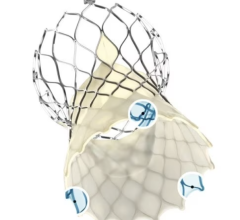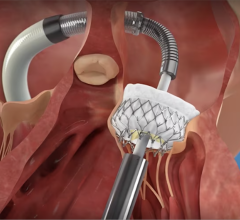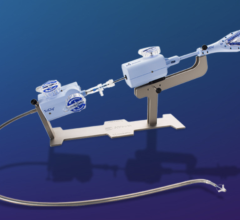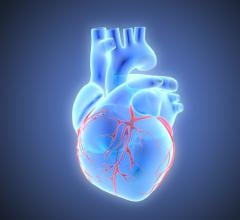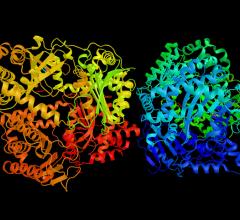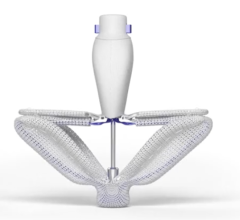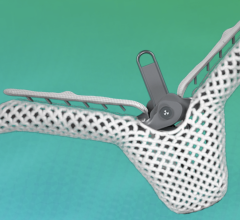Being a child of the late 1970s and 1980s, I was a big Star Wars fan. Somewhere in my basement I still have the action figure of the multi-armed surgical robot that repaired Luke Skywalker’s severed hand at the end of the movie the “Empire Strikes Back.” The resemblance of today’s multi-armed de Vinci surgical robot was not lost on those from the Star Wars generation.
However, as much of a fan I am of science fiction and cool new technology, I am also realist, especially in regards to healthcare, where cost, efficacy and patient outcomes matter. I had my doubts about the da Vinci robotic system and its ability to out-perform the tactile feel of an experienced surgeon’s hand. At first glance, the da Vinci appears cumbersome, intimidating and as if it would be more of a barrier between the patient and the surgeon during procedures.
Despite appearances, I continued to see a regular flow of positive reports about the system from various specialties, including cardiology. But, I remained skeptical because most of these reports came from hospital public relations releases, touting how their facility had the latest and greatest technology to attract new patients.
I am a hands-on sort of guy and I prefer to write about technologies I have not seen in person, especially those I have seen in action. I’m not a physician, but there are universal truths concerning all technology regarding ease of use. If a technology is complicated to use, temperamental or requires a large amount of time for training and use, it will not become a mainstream tool. The KISS (keep it simple stupid) axiom applies even in medicine.
At the 2010 American College of Cardiology (ACC) meeting I had the opportunity to try out the ability of the da Vinci system in the Philips Healthcare hybrid OR pavilion. Seeing is definitely believing and end-users who say the system sells itself appear to be accurate. The system allows you to sit down and get an up-close, magnified view of tiny objects. The view from the da Vinci cockpit allows you to feel as if the field of view is normal, when it is actually closer to that of the watchmaker or jeweler’s world.
Rather than hindering movement, da Vinci enhances it. My hands are not the steadiest and replacing the tiny screw in my glasses can sometimes be a challenge, but with the da Vinci, hand movements are smoothed, more incremental and controlled as they translate to the tiny clips at the end of da Vinci’s arms.
The demo system at ACC had tiny, sharply pointed rubber cones about a quarter of an inch in diameter and about one inch high. Small rubber bands, like those used to keep tension on orthodontic braces, could easily be picked up, stretched and handed from one arm to another and then placed accurately over a cone, pulled off and placed on another with ease.
In the system cockpit the task looks easy and the controls very intuitive. But the tiny nature of the field of view and the objects being precisely manipulated was extremely impressive.
As with any technology, there is certainly a learning curve, epecially for physicians who have learned and practiced doing procedures one way for years. End-users of the da Vinci, including those I spoke with recently at Mayo Clinic in Rochester, Minn., say surgeons need to re-learn how they perform procedures using the robot. However, the technology has enabled them to perform minimally invasive procedures that otherwise would be very difficult or impossible.
As a demonstration of the da Vinci’s abilities for both the physician and the layman, I found the following three YouTube videos. In two, the operators create an origami swan that is smaller than the size of a penny. The third videos shows an operator precisiely peeling a grape. The videos illustrate the system’s fantastic, undistorted, magnified field of view.
Watch the origami videos at: www.youtube.com/watch?v=x9Bjs99A0k0 and www.youtube.com/watch?feature=endscreen&v=pxInFn047js&NR=1
Peeling a grape: www.youtube.com/watch?feature=endscreen&v=LzYmDbISnzY&NR=1



 April 09, 2024
April 09, 2024 

